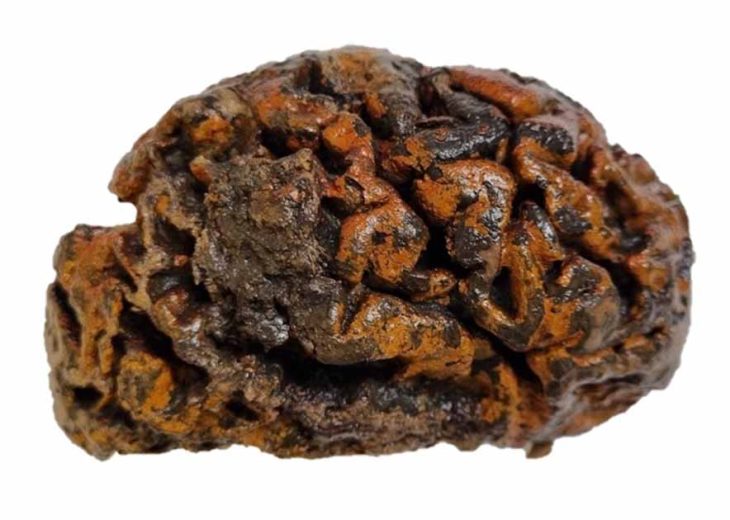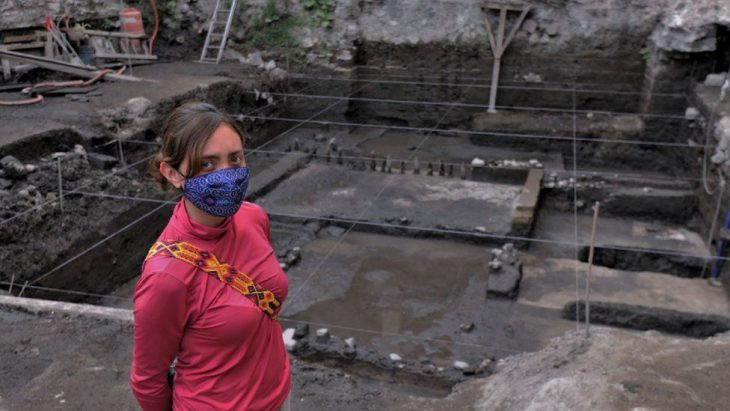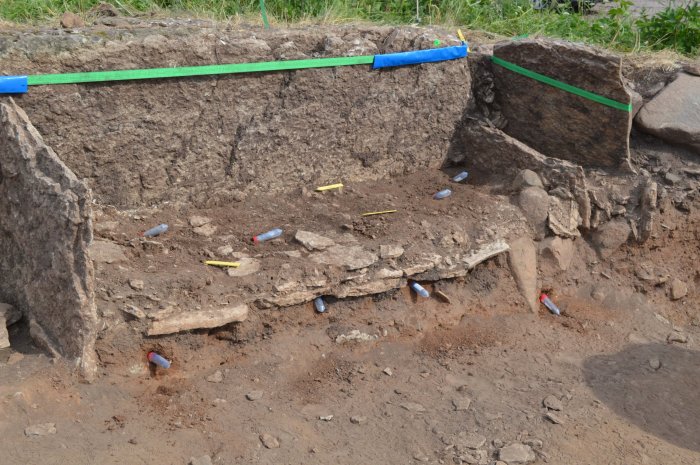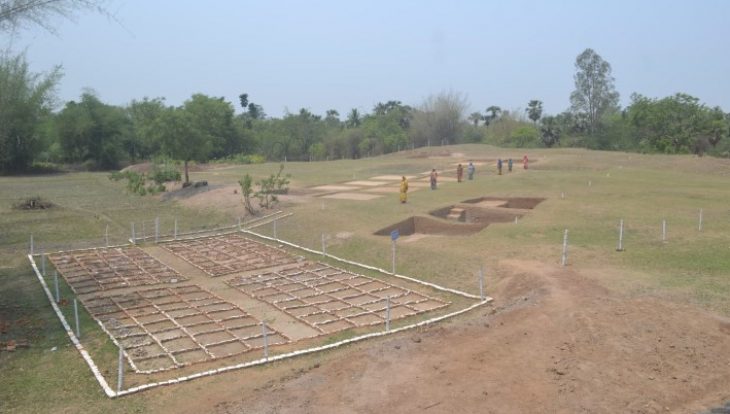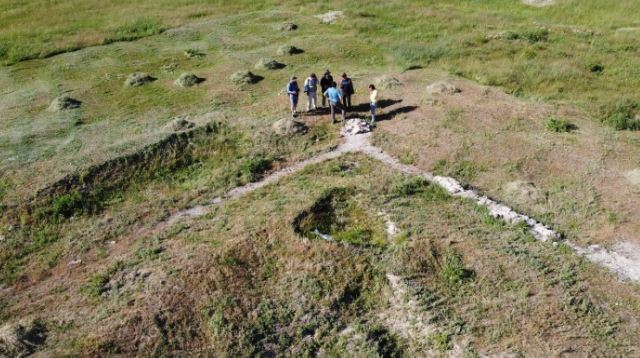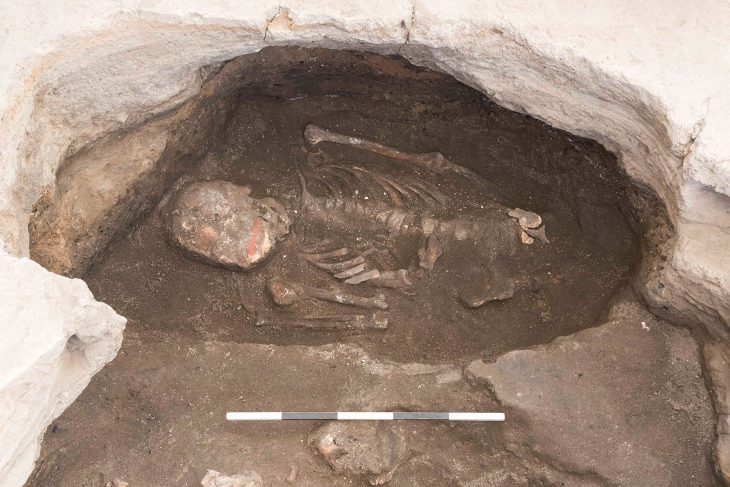Archaeologists from the National Institute of Anthropology and History (INAH) found hunting weapons dating back approximately 1,900 years in a cave in the central state of Querétaro.
The Federal Ministry of Culture, in collaboration with the National Institute of Anthropology and History (INAH), recovered one of the few sets of pre-Hispanic hunting tools discovered in Mexico to date in a small gallery of the Cave of Treasure in Cadereyta de Montes, Querétaro. It consists of an atlatl (spear) and two wooden darts from the first century of our era.
According to a press announcement by INAH, the discovery was reported by members of the Association of Cavers of Querétaro.
The cave is situated 200 meters above the ravine floor, and once at its entrance, researchers ventured 200 meters through a narrow passage to reach the gallery.
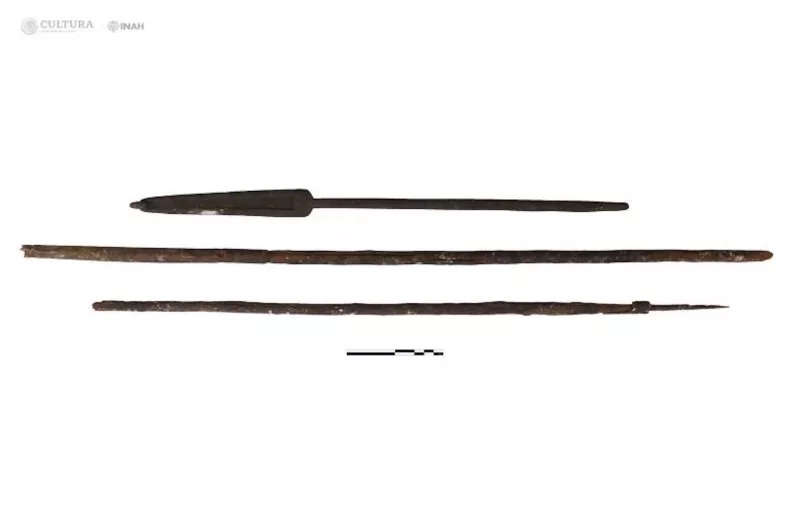
Within this underground branch, with an average height of 80 centimeters, specialists observed an atlatl (51.5 centimeters long), two fragmented darts (66 and 79 centimeters), and a pair of culturally modified wooden sticks (135 and 172 centimeters), likely used as digging sticks and multifunctional tools. The atlatl is a spear-throwing lever that significantly increases the range and velocity of thrown projectiles, making it possible to target prey at a greater distance than with bare-handed throwing.
The dryness of the environment in the Treasure Cave allowed for the preservation of the hunting instruments, the age of which was determined using radiocarbon dating techniques. This gave a possible age range of A.D. 7-132.
During the exploration, the INAH team did not find other pre-Hispanic archaeological elements in the cave to provide an interpretation of why they were present in that remote location. However, the results of a sample analysis will be announced by the team on the 27th of January 2024.
The INAH archaeologists said the mystery of the latest discoveries will persist until new investigations are carried out in the areas surrounding the cave. This may enable experts to determine how and why these instruments were left there.
Cover Photo: General view of the In Situ instruments inside the gallery. Photo Jesús E. Medina V., INAH



